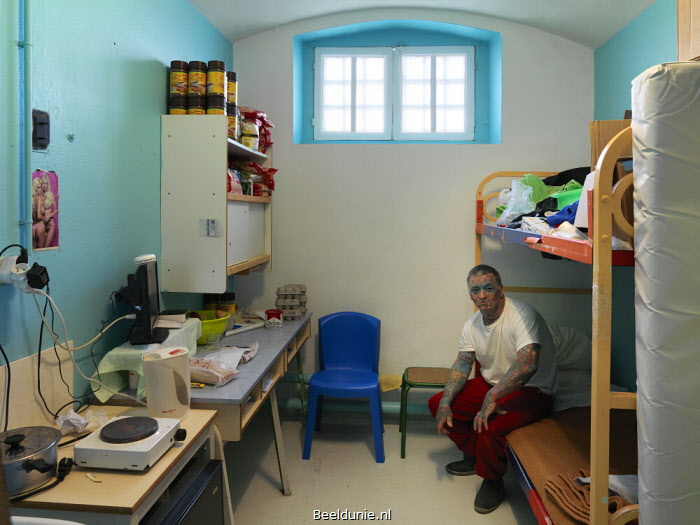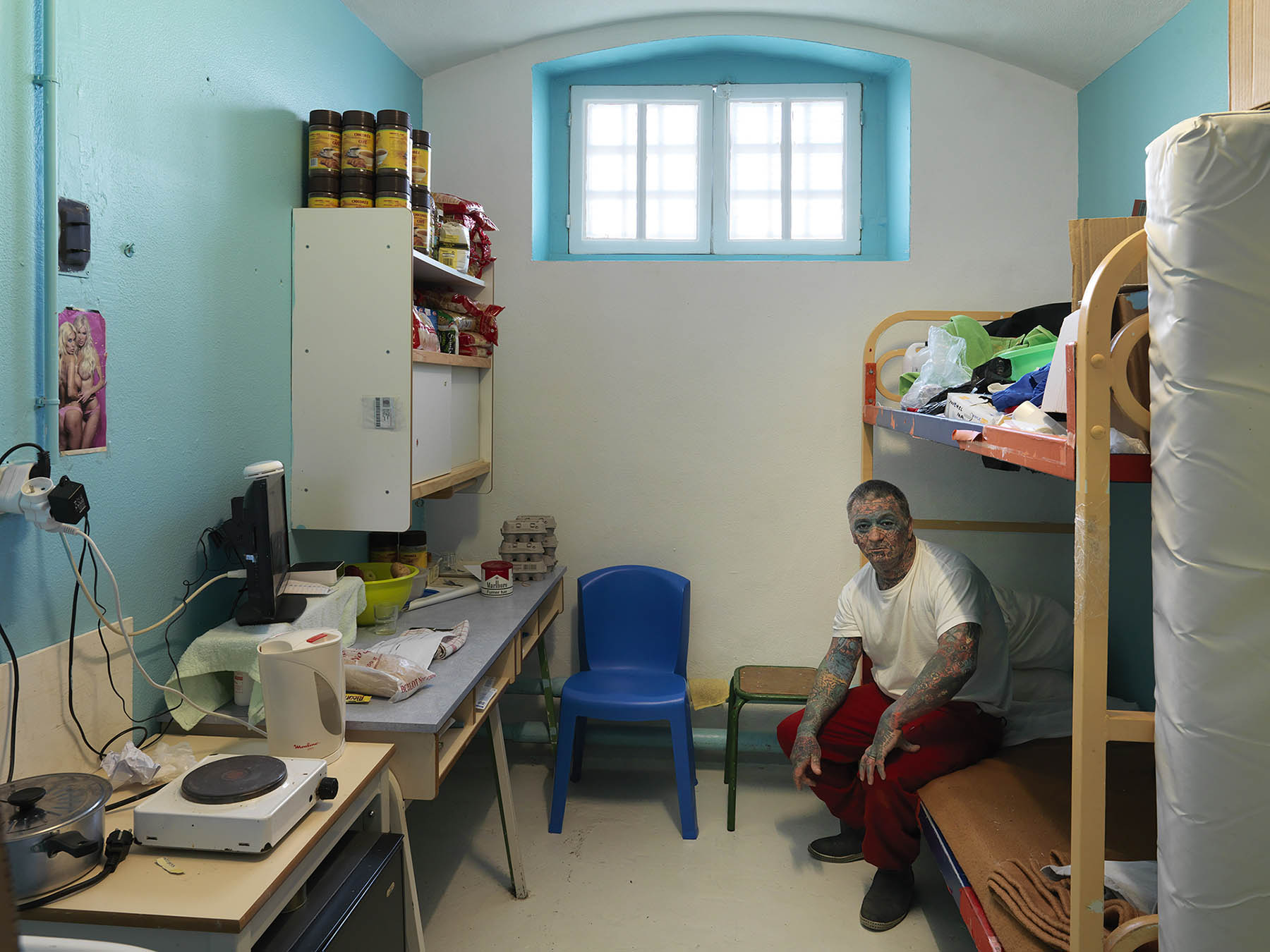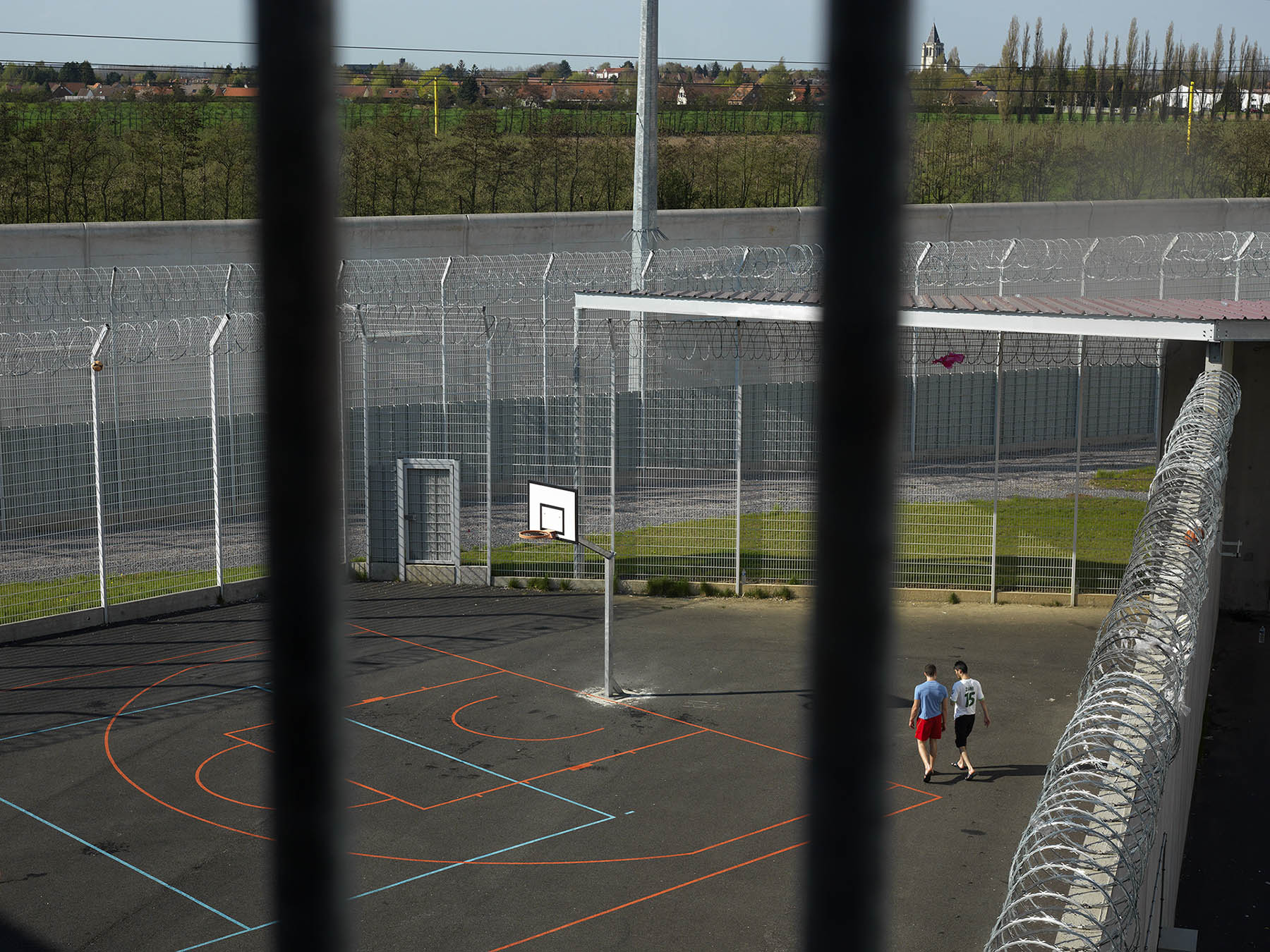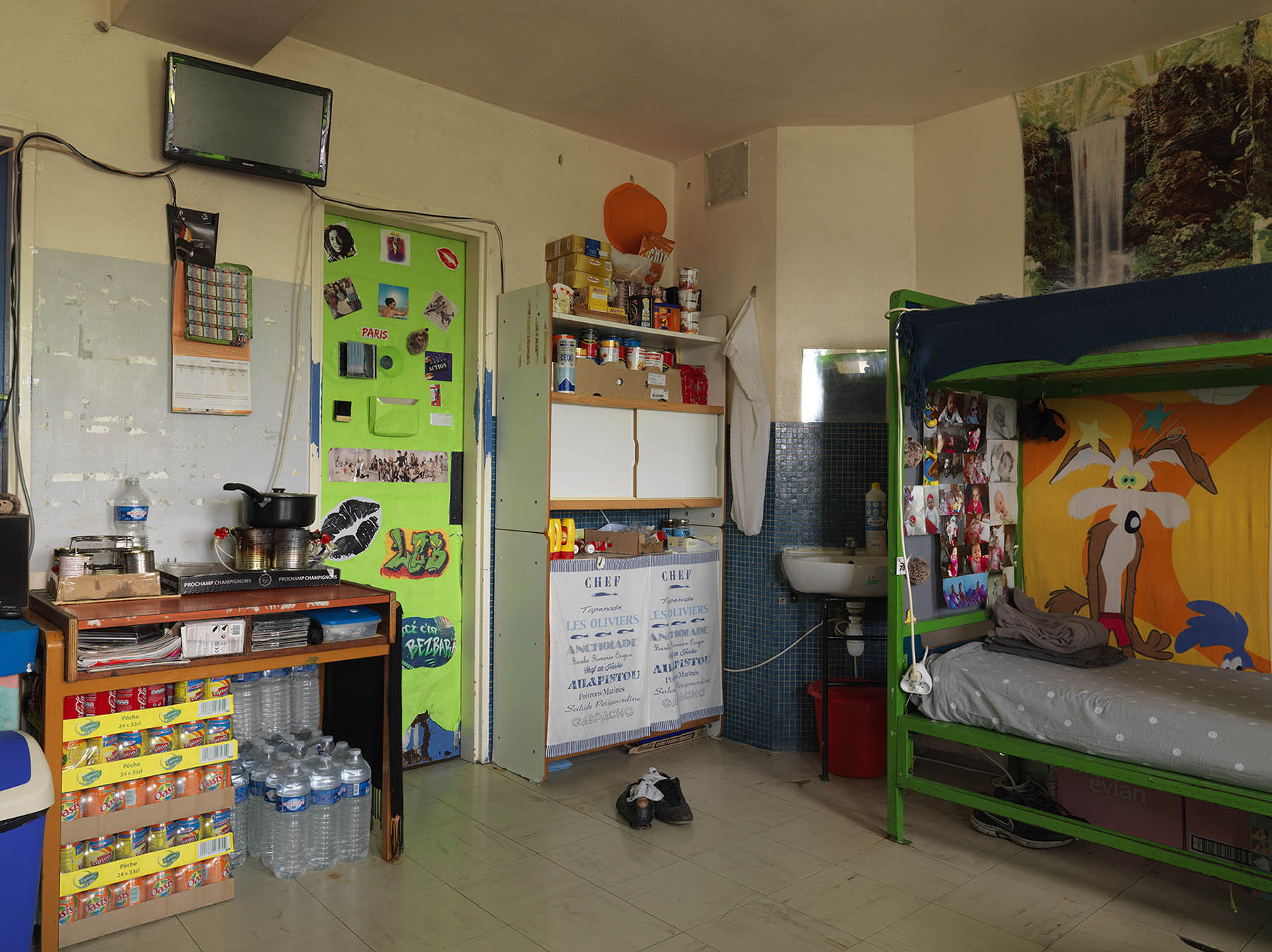While the crime rate in France has been stable since 2010, and even decreased steadily in the years prior (2003: 66.3 %, 2013: 55.24 %), the number of prisoners has been growing for years (1.6.2013: 103 prisoners for every 100,000 inhabitants, although the European average is at 136.1 for every 100,000). In 2013, the percentage of prisoners awaiting trial was 24.7 % of all detainees. Prisons are at 118 percent capacity (European average: 96.9 %), a situation that leads in some instances to disastrous prison conditions, repeatedly criticized by human right organizations. 45 percent of convictions involve traffic offenses, 20 percent property offenses, and less than 15 percent homicide and other offenses against the person. About 8 percent are drug offenses (traffic, possession, transport, transfer, usage). Most cases – a total of 550,000 in 2011 – are tried by “correctional courts” usually made up of three professional judges. A case is heard by a “court of assizes” that consists of both professional judges and a lay jury only if the potential minimum prison sentence is more than ten years – a mere 2,500 cases in 2011.
In 2012, the homicide rate was 1.2 cases for every 100,000 inhabitants (784 cases). It was considerably lower than the European average of 3.0. The death penalty was only abolished in 1981. For life sentences, early release is normally only possible at the earliest after having served 18 years; in actual practice, the average prison time served by “lifers” is a little less than 20 years. The mitigation of a prison sentence is generally possible for good conduct, whereby the behavior of the prisoner as such is evaluated. It is also possible if serious rehabilitation efforts are apparent, for example by successfully completing a school diploma. The possible extent of the mitigation depends on the type of offense committed and on the original length of prison sentence. Even if the absolute exclusion of children from criminal responsibility ends at the age of ten, genuine criminal penalties (not just in the sense of educational measures) “first” come into play at the age of 13. Youths and children under the age of 18 who commit crimes are tried before special juvenile courts. The age of the offender can be taken into consideration when determining the sentence
If a court finds the accused to be not criminally responsible due to mental illness, compulsory detention in a psychiatric institution can be ordered on the basis of a psychiatric expert opinion. If a prison inmate suffers from a severe mental disorder, he must also be transferred from prison to a psychiatric institution. In 2010, approximately 71,000 such patients were forcibly (meaning against their will) sent to psychiatric institutions. 0.5 % of them had been found not criminally responsible by a court and 1.9 % were transferred from prison. In more than 80 % of these cases, such forcible detention – for the most part without the previous commission of a crime – was the result of third-party proceedings. As a rule, female prisoners give birth in public hospitals. According to the law, babies are allowed to stay with their mothers for the first 18 months after birth. Mother and child are housed in a separate section of the prison.
Harald Weiß and Clemens Wunderlich (MPI)















